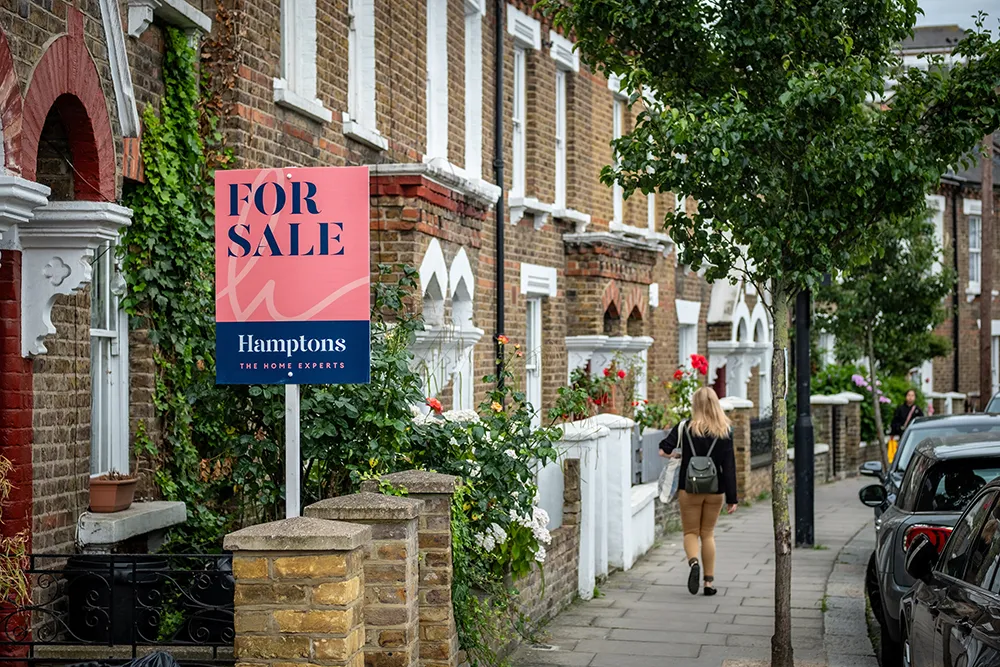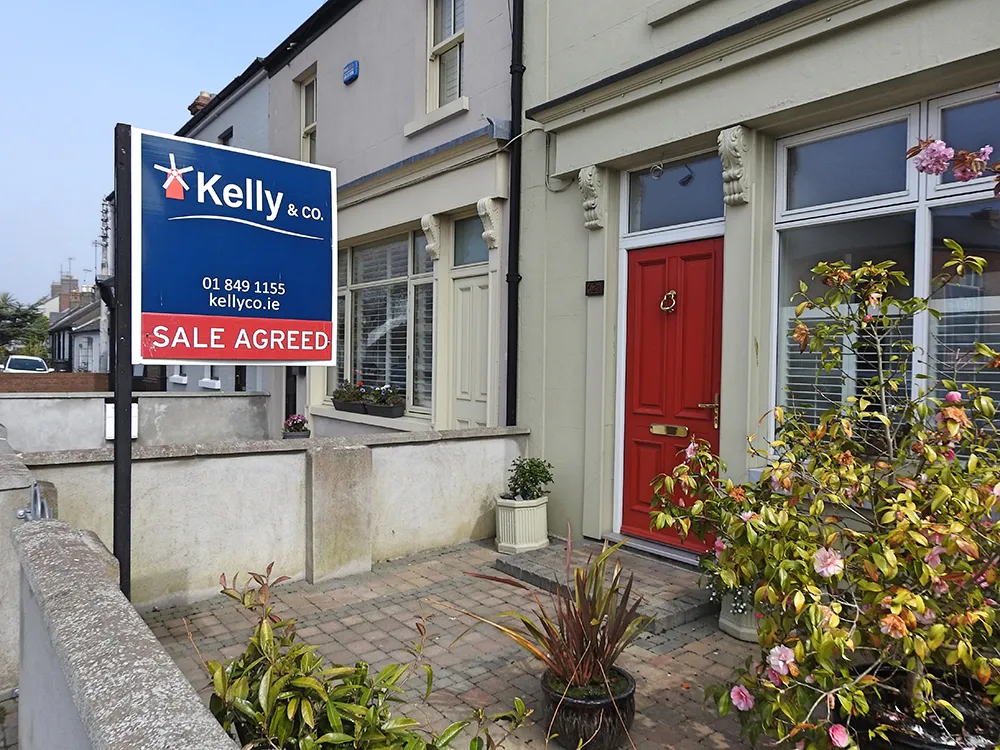
Average house prices rose by 2.6% to £272,000 in the year to September, but annual growth was slower than the 3.1% recorded over the year to August, official figures show.
Across the nations of the UK, Northern Ireland saw the biggest jump in prices, up by 7.1% over the year to £193,000, according to the latest Office for National Statistics data, collected by the Land Registry.
Scotland followed, with a 5.3% annual increase to £194,000.
In England, average prices rose by 2% to £293,000, in Wales they were up 2.7% to £209,000.
Yorkshire and The Humber was the English region with the highest house price inflation, at 4.5%.
London was the only region to record an annual fall, with prices down by 1.8% following a drop of 0.8% in the year to August.
MT Finance deputy chief executive Gareth Lewis says: “Property prices may have stagnated slightly but there are still people trying to buy.
“One of the challenges they are facing is that it is taking forever for a transaction to go through – whether that is down to lack of commitment or with the budget round the corner, it is hard to tell.
“The key point is that there is a crying need for stimulus in the property market so that it will start functioning properly.
“Interest rates have come down and settled and mortgage rates are probably where they need to be, but still there is nothing to encourage first-time buyers to get on the ladder or second-steppers and beyond to move up it.
“Properties are on the market for extended periods of time and even if values were to decrease to make them more affordable, it is unlikely to be enough.”
Quilter mortgage expert Karen Noye says: “Today’s figures show that the housing market is still on a very gentle upward path in cash terms, but the heat continues to come out of the recovery.
“[The figures show that] momentum is softening as we move through the autumn and into the quieter winter period.”
“Crucially, even though nominal prices are still rising year on year, they are not keeping pace with inflation, which was running at 3.8% in September and has only just eased to 3.6% in October.
“In real terms, house prices are therefore still drifting lower, which chips away at some of the pandemic and ultra low rate froth but does little to make housing feel genuinely affordable for would be buyers.
“Many households are still looking at much higher monthly mortgage payments than they would have faced previously, even if the headline price of the property has not moved dramatically.”
“For buyers, the good news is that the inflation data this morning gives the Bank of England a little more comfort that it is on the right path and that opens the door to further rate cuts over time.
“Markets are already pricing in a lower base rate through 2026, and that is feeding into slightly more competitive fixed rate mortgages, particularly for those with larger deposits.
“However, with inflation still some way above target and the economy looking fragile, the Bank is unlikely to deliver rapid or dramatic cuts.
“As a result, we should expect mortgage rates to grind lower rather than collapse, and for affordability tests to remain a real hurdle, especially for first time buyers and those looking to trade up.”
Jackson-Stops chairman Nick Leeming says: “We have seen the blizzard of tax proposals in recent months impact market confidence, with uncertainty on how much a house move will cost weighing heavily on families.
“Whilst northern regions and more affordable areas saw moderate growth, where house prices are highest in London and the South East, values have continued to lag.
“That being said, our own national data points to pent up demand from buyers, with a steady volume of viewings in September and October, matching figures recorded last year.
“Buying enquiries for Jackson-Stops remain elevated in places like Cheshire, Devon, and Sussex, suggesting a combination of lifestyle moves and downsizing will continue to be key drivers regardless of changing fiscal policy.
“As demand becomes more localised, we may see more buyers seek better value outside the South East, resulting in a softening of regional house price gaps.”



